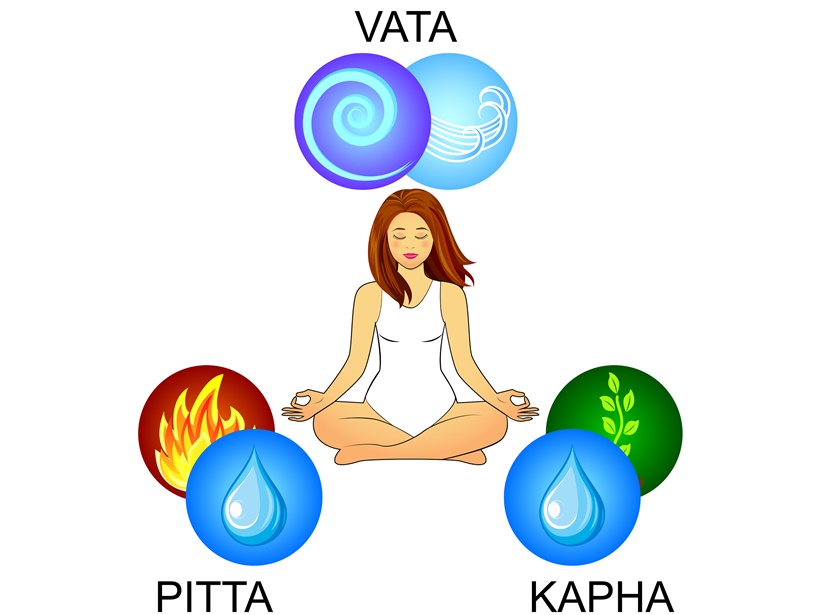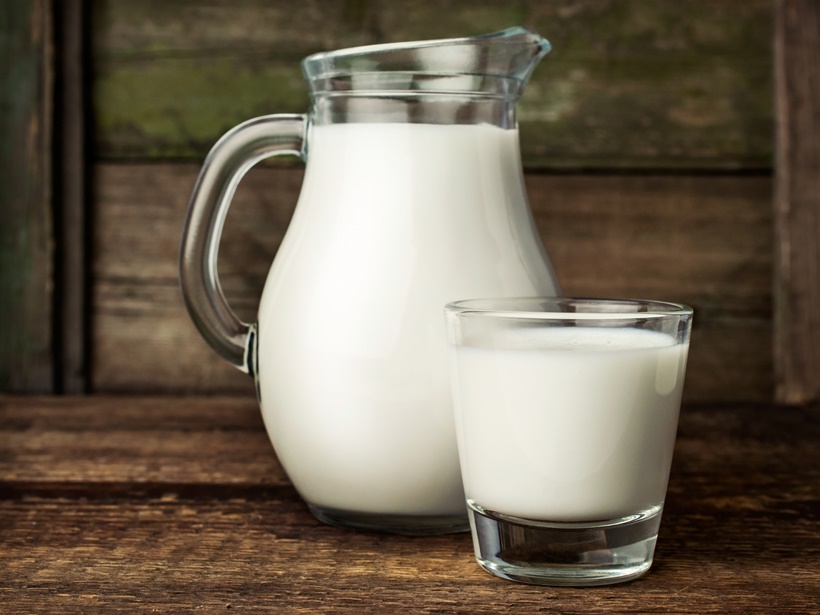Navratri celebrations are in the air and it is hard to keep children away from all the excitement that fills up the atmosphere during this time. But when it comes to their health, caution needs to be exercised too. Apart from being an important Indian festival, Navratri also marks a seasonal transition with the onset of autumn. A seasonal transition, according to Ayurveda, causes considerable changes in the physiology and state of mind in children and adults, opening them up to season related illnesses and viral infections. As we celebrate the festival of Nine Nights, here are a few important tips to make sure this Navratri is a happy and healthy one for your children.
The child’s body type
According to Ayurveda, what you should and shouldn’t eat depends on your body constitution or prakruti. A diet that aggravates your prakruti, is bound to make one feel low on energy and over the long run, create illness in the body. But when you have a diet that suits your prakruti, you are bound to feel healthy and energised.
An individual’s prakruti is the ratio of three functional energies in the body. Also known as doshas, the child’s body type depends on the doshasdominant in the parents. As per Ayurveda, doshas are bodily humors, or intelligent life principles which determine the characteristics, traits and features of the infant from amongst the hereditary options available within the parental sperm and egg. During the individual’s life the doshas govern the body, its organs and their functions. They are therefore vitally important. Dosha also means that which gets vitiated. Since they get vitiated and disturb the physiological functions of the body thereby initiating the process of disease, they are called as tridosas. But in a state of equilibrium, they perform and control all the activities and processes of both body and mind, maintaining the health. The purpose of Ayurveda is using this vast body of knowledge to ensure this equilibrium is maintained and we have optimum health. The five elements in nature are the components of the three doshas. They combine with another to form the three:
Ether and air combine to form the Vata dosha.
Fire and water combine to form the Pitta dosha.
Water and earth combine to form the Kapha dosa.


For example, if the mother is Pitta dominant and the father has Vata, the kid could pick up either. While childhood is mostly dominated by Kapha Dosha, a child’s body type can be more accurately known by the process of Nadi Pariksha or pulse diagnosis by certified Ayurveda doctors. Complimenting western diagnostics that record the rate of the pulse, the Ayurvedic methodology looks into the pulse-reading with some more detail involving touching, feeling, observing and experiencing not only the rate, rhythm, and volume of the pulse; but also its movement, amplitude, temperature, force, and consistency in the body. It is a tool toward understanding the body in its entirety. The beauty of this is that the symptoms of disease manifest in the pulse long before they do in the body.
1. What To Eat?
a) During Navratri, we tend to have foods that are sweet. But if the child is Kapha dominant, which most children in their early years are, then mucus-causing foods like cold milk, cheese, sweets, and processed foods need to be kept out. This might be a task, given that children do crave for sweets during this stage of their life when Kapha is dominant. Some doctors suggest that children can be given healthy sweet in very small amounts before their meals to activate their digestive fire. Herbs like ginger, turmeric, cardamom and garlic can be given to children with Kapha.
b) For a pitta dominant child, spicy and sour foods need to be avoided. They should also be kept out of playing in the sun, which could increase pitta and cause skin problems.
c) For children with more Vata dominance, cold foods should be avoided. These children can have foods that taste sweet like honey and fruits. They also need to meditate to focus better, since they generally tend to be restless in the mind.
d) Any and all junk food is to be avoided.
e) Milk is recommended as part of the diet for children at least 2-3 times a day.


f) Almonds and raisins are good. Children can have them on an empty stomach. About 3-4 almonds and 5-6 raisins are recommended every day for children in the age group of 5-15 years. Infants can be given almond powder in milk.
g) Pumpkin seeds fried in ghee or clarified butter can be given to children in the morning or evening hours.
h) Green pumpkin regularly helps support their growth. Pumpkins in Ayurveda are known to have the highest pranaor life energy.
i) Kids are given freshly prepared warm food and food items containing all the six tastes are ideal. Stale and leftover food is to be entirely avoided.
j) If children are obese, they must indulge in sports and avoid sweets in their diet. However, it’s not a matter of serious concern until they reach the age of 12.
Also Read: Strengthen your child’s second brain, the Ayurveda way
2. Deficiencies
If you notice patches on a child’s face, it could be due to deficiency of vitamin D, B6 and B12 and other vitamins. Some herbal supplements like amruthotharam kashayam or abhayaristam can be given to kids for general uses like for pain reduction in calf muscles (children are prone to it due to physical activity), hydration, food and sleep patterns get corrected.
3. Importance of routine
In order to maintain a balance of doshas especially among children, it is very important that their routine for the day and night is maintained in spite of the festivities. Lack of routine can lead to vata getting vitiated, which may cause restlessness and hyperactivity in children.
4. Beginning the day with a glass of water
An age old practice that still serves well is kickstarting the day with a glass of lukewarm water, which can regulate their bowel movement and regularise internal cleansing.
5. Night routine
As hard as it is to follow during festivals, night time is meant to be the resting period for all age groups including children and this rest is important for their overall growth and development. This is essential to be in tune with nature. According to Ayurveda, in order to maintain Dosha balance, we need to be aligned with activity and rest in nature and so minimal activity is suggested after sunset. Children should hit the sack by 9-9.30 pm and definitely stop physical activity after 7-8 pm.
Also Read: Treat your child’s cold with these home remedies and yoga asanas
6. No use of gadgets post then
The mind becomes very alert and senses become active rather than withdrawing from the environment. This can adversely affect cognitive processes and strength of the mind, and lead to stress, anxiety, hamper academic activities. They may become violent, angry, irritated when there’s no good sleep.
7. Abhyanga
Abhyanga or full body oil massages for children supports muscular and bone development among them, apart from improving their circadian rhythm. Babies can be given a nice massage with sesame oil as part of their morning routine for about 10-15 minutes.
8. Outdoor activity
Outdoor activity for about 30-45 minutes for children is a must to reduce the Rajas Guna (principle of restlessness), so they can rest better.
(With inputs from Dr. Ganesh Puttur, Vice Principal, Art of Living’s Sri Sri College of Ayurvedic Science and Research Hospital.)
Source: Read Full Article
